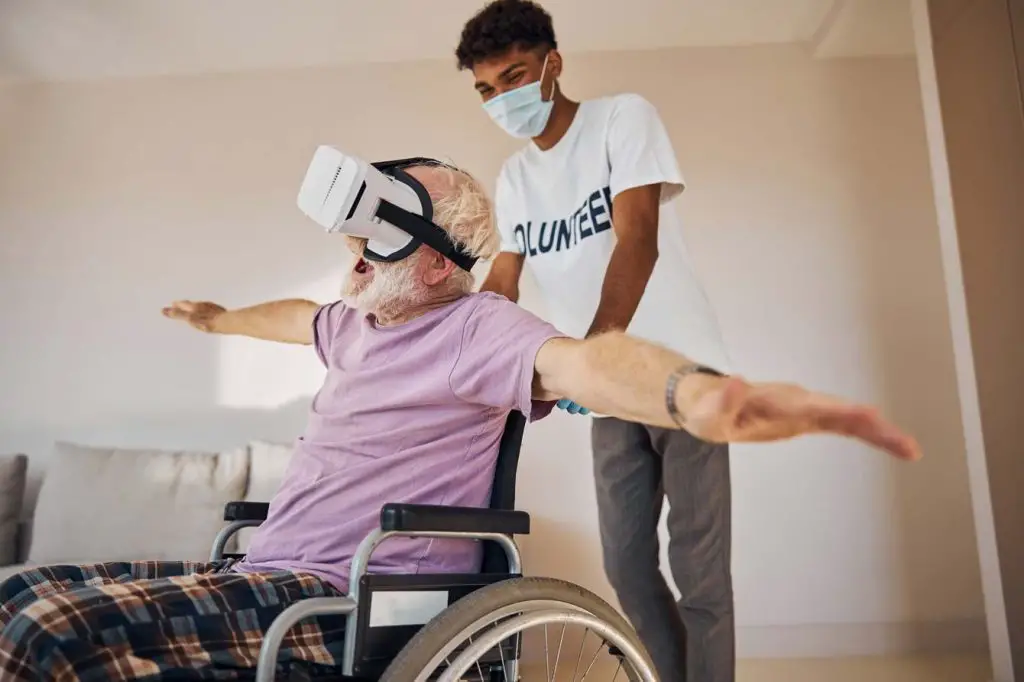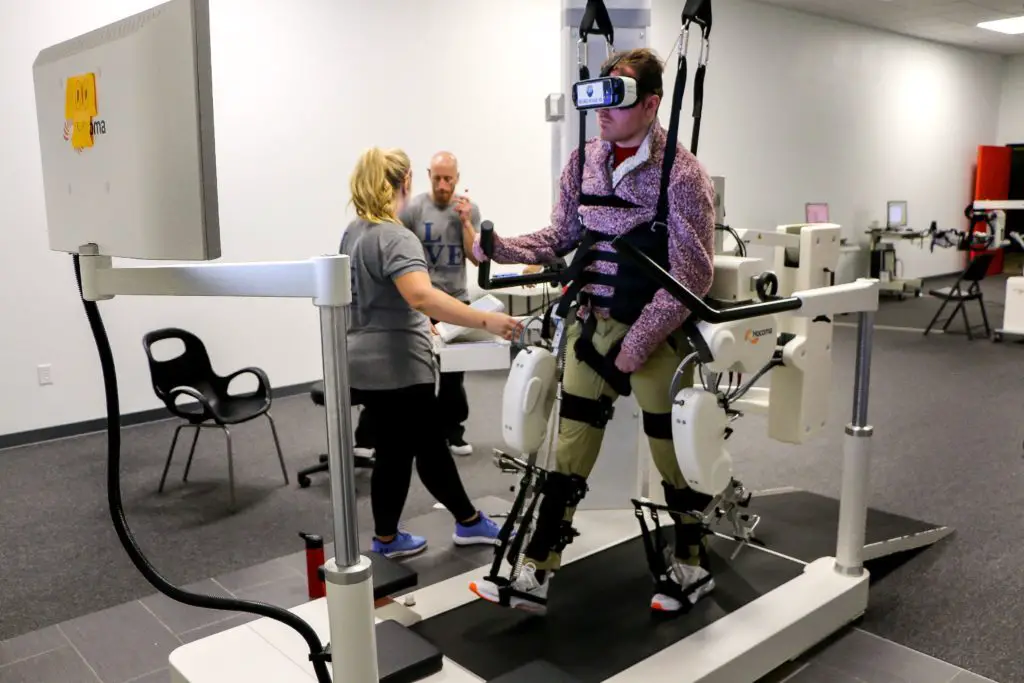Virtual reality (VR) is transforming the way seniors stay active, social, and mentally engaged. With immersive experiences, VR offers older adults’ new ways to exercise, connect with loved ones, and explore the world—all from the comfort of their homes.

The future of telemedicine and its benefits for older adults is also becoming increasingly important, offering easier access to healthcare through remote consultations, chronic condition monitoring, and personalized care without the need for frequent in-person visits. Together, VR and telemedicine are shaping a more connected, convenient, and supportive environment for aging population
1. Physical Exercise and Rehabilitation
VR fitness programs encourage seniors to stay active with low-impact exercises tailored to their needs. Applications like SilverFit and VR Exercise Games offer guided workouts, yoga, and balance training, helping improve mobility and coordination. VR is also used in physical therapy to aid recovery from injuries or surgeries.

How AI-powered assistants are making life easier for seniors is another exciting development. These intelligent tools can provide medication reminders, schedule appointments, answer questions, and even detect emergencies—helping older adults maintain independence and receive timely support.
2. Cognitive Stimulation and Memory Support
VR helps seniors keep their minds sharp with brain-training exercises and memory-enhancing activities.
Programs like Virtue Sense and MindVR provide interactive puzzles, problem-solving games, and even reminiscence therapy, which helps those with dementia revisit meaningful past experiences in a virtual setting.
3. Virtual Travel and Social Interaction
For seniors who can no longer travel, VR offers an exciting alternative. They can explore famous landmarks, visit museums, or take a virtual walk through nature. Social VR platforms, like Alcove and VRChat, allow seniors to interact with family members and make new friends, reducing feelings of loneliness and isolation.

The best wearable tech for elderly health monitoring is also playing a key role in supporting senior well-being. Devices like smartwatches and fitness trackers can monitor heart rate, sleep patterns, activity levels, and even detect falls—providing both seniors and caregivers with real-time health data and peace of mind.
4. Pain and Stress Management
VR is increasingly being used for pain relief and relaxation. Immersive nature experiences, meditation sessions, and guided breathing exercises help seniors manage chronic pain, anxiety, and stress.

Studies show that VR therapy can be as effective as traditional pain management techniques.
5. Assisted Living and Therapy Applications
Many senior living communities are integrating VR to improve residents’ quality of life. Therapists use VR for cognitive therapy, guided relaxation, and even virtual pet therapy.

These applications provide emotional support and entertainment, enhancing mental well-being.
As VR technology advances, it will continue to offer innovative ways for seniors to stay physically active, mentally engaged, and socially connected. With its ability to bring new experiences to life, VR is redefining aging and helping seniors lead more fulfilling lives.